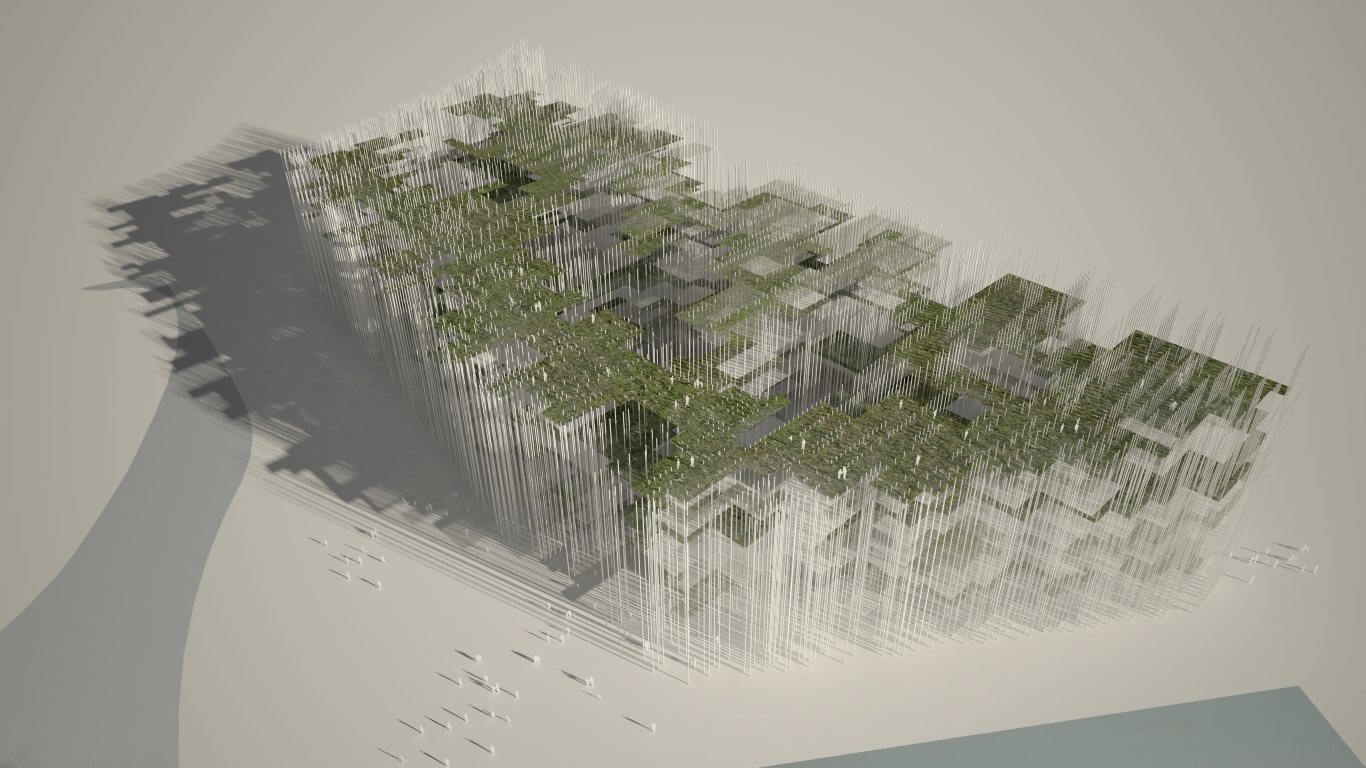台中市立文化センター
台湾、台中市, 2013
Stimulus
Like most of the ambitious projects Taiwan envisaged in the early years of the 21st century, the Taichung City Cultural Center competition was an attempt at generating impulses for a rapidly changing nation.
Placed in what was then known as the “Gateway Park”, itself a large-scale urban development project to transform the former Taichung airport into a cultural hub for an expanding city, the TCCC was to further stimulate an entire urban area by consolidating several public functions.
Openness and Friction
When the competition brief called for two core programmes, a library and a museum, it was clear that —despite the conventional (and by no means unfounded) associations with enclosure— neither library nor museum could be secluded containers. It was all about the relationship between the two and with their surrounding.
Intertwining the usually introverted, isolated functions of library and museum and opening them up to the outside would inevitably breed opportunity for the new and unexpected.
Cycles of Culture
The TCCC would be neither a library nor a museum, but the ongoing genesis of both. The library as the foundation of production, parts of which end up in the museum only to in turn inform the contents of the library. Cycles of Culture that lead to a new cross-fertilisation and yet-unknown dialogue and exchange.
Library I
In a time where access to information is no longer linked to physical space, the very definition of the library has come under scrutiny. What once used to be the physical home of information has become the space for voluntary engagement, where, instead of deliberately targeting information (“the researcher”), we seek immersion in a temporary journey through an otherworld (“the wanderer”).
Museum I
Where the library used to be the ultimate source of all information, the museum has always been the place of the carefully selected.
The ready availability of any image at any time means that, today, the experience is all.
On the other hand, the museum’s traditional meaning as a place to convey a message by curation, where correlations create a whole that is more than the sum of its parts, has found its way into the library.
Library II
When the digitalisation of the library began in the 1970s, it was all about the facilitation of search. The power of computers became obvious when it not only replaced but instantly made the traditional flipping through index cards sorted in various searchable categories look like a clumsy artefact of the past. And yet, this step of the digitalisation was never more than addressing the shortcomings of the portal to the actual information (which was still held in the physical media themselves).
20 years later, the popularisation of the internet gradually enabled the digital to become the information. The very role which books had held for centuries had begun to be challenged.
While many prognosticated that the book was soon to become extinct, quite the contrary happened. The role of the book shifted from source of all information to coveted container of selected content. The meaning of the book had changed, its value been lifted.
We are currently experiencing a third wave: The digital effect has been two-fold: Infinite mass of information and ever easier ways to produce and disseminate the fake. This has been leading to an increasing degree of untrustworthiness of anything digital that the physical seems to again attain a new meaning: Authenticity of the original.
Cultural Center
The tangible original as the ultimate expression of selection and focus is the common ground shared by library and museum. It is precisely through this narrowing of focus that library and museum have become more alike.
Both are portals to temporary otherworlds.
Moving through the TCCC is a continuous journey of discoveries. Structure is dissolved to a degree that there are no “elements” but only varying densities, creating ever-changing visual and spatial depths.
They switch sides on each floor so that both open up towards park and city, the overlaps in the centre zones for exchange and unexpected encounters.
Museum and Library are –albeit physically separate– always in each other’s presence.
台湾、台中市, 2013
Type
Status
Team
フロリアン ブッシュ, 宮崎佐知子, 須藤朋之, 山脇ももよ, 宮本哲, 髙橋卓
コラボレーション: aaat (高塚章夫)
構造: OAK (新谷眞人, 川田知典)
環境: Kankyo Engineering (和田隆文)
Size
延床面積: 34,000 m²
Structure

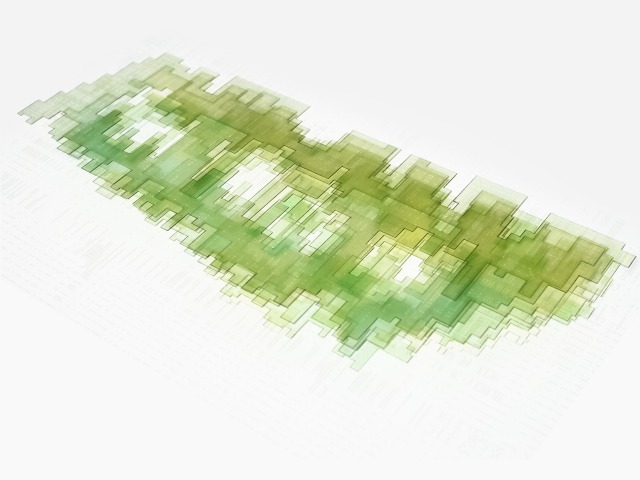
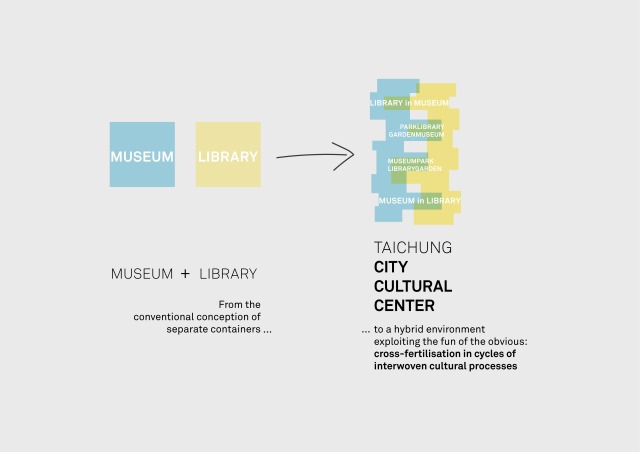
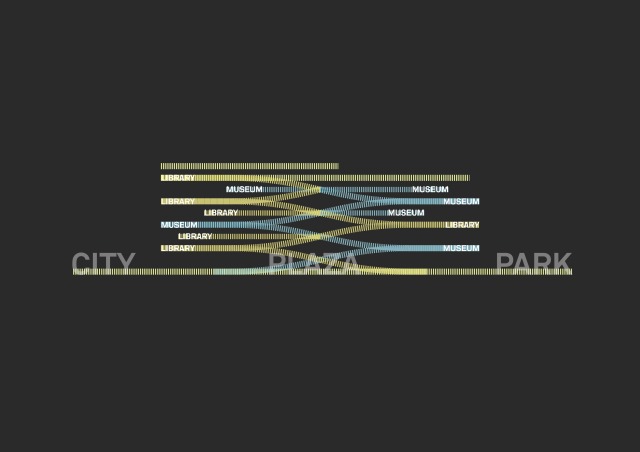
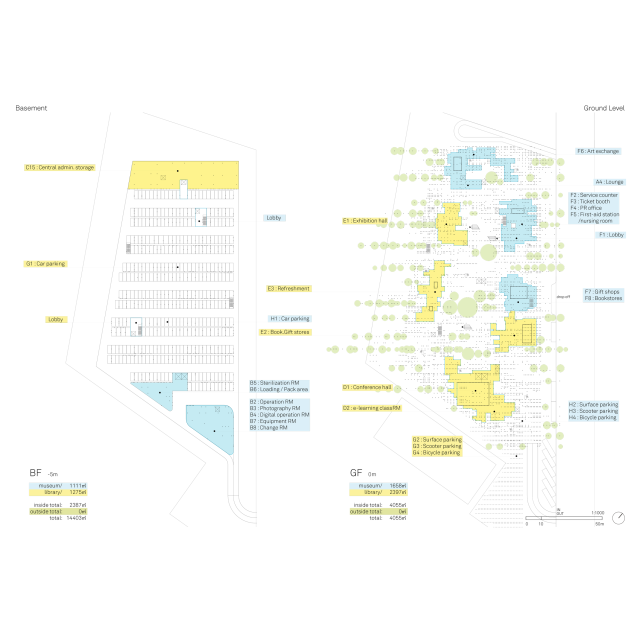
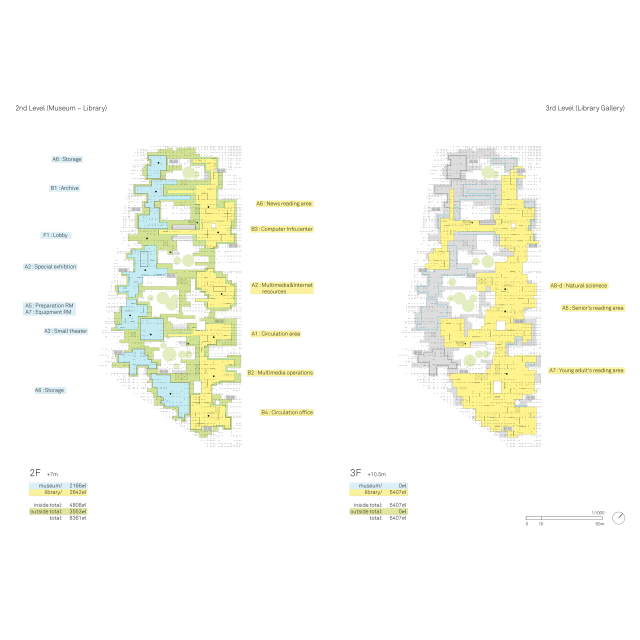


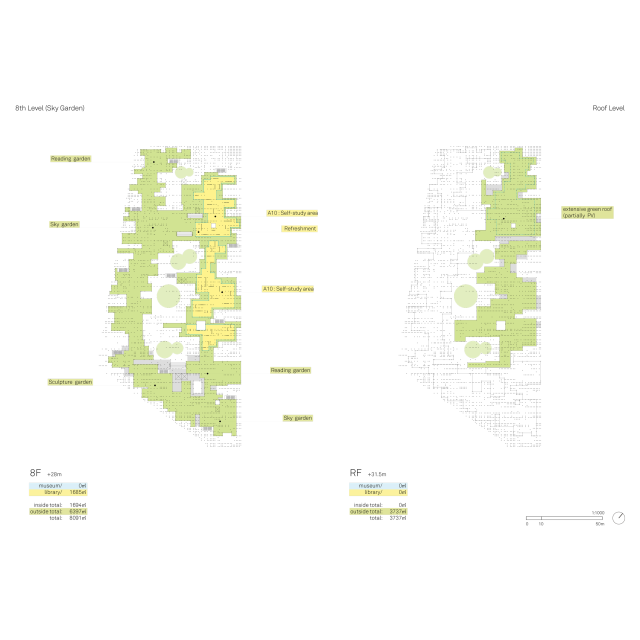
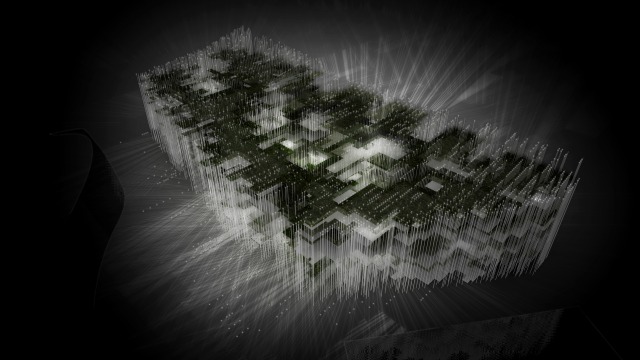
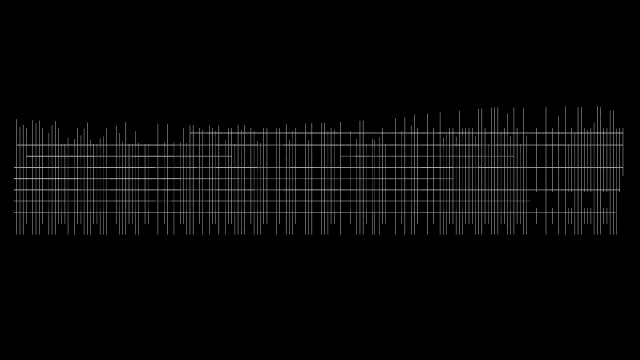
publications
関連プロジェクト:
- 昇, 2021—2023
- 第3倉庫, 2022
- CnP Project, 2018—2020
- Kita Unga Hotels, 2019
- I'T, 2019
- 神楽坂のYプロジェクト, 2017—2018
- 木曽町役場本庁舎, 2017
- 台中市立文化センター, 2013
- 越後妻有・オーストラリア・ハウス, 2011
- 東京・デザイン・ウイーク, 2011
- ドバイの輪, 2009
- RG プロジェクト, 2009
- I'T, 2019
- リマ市立美術館, 2016
- 太田市文化交流施設, 2014
- 台中市立文化センター, 2013
- ベルリン中央図書館, 2013
- デグゴサン市立図書館, 2012
- I'T, 2019
- カウナス・サイエンス・アイランド, 2016
- リマ市立美術館, 2016
- K8, 2014—2015
- デトロイト・高架橋・ギャラリー, 2014
- ハンガリー音楽博物館, 2014
- グッゲンハイム・ヘルシンキ, 2014
- 太田市文化交流施設, 2014
- 台中市立文化センター, 2013
- ベルリン未来館, 2012
- 東京デザイナーズウィーク アート・ギャラリー, 2011
- 東京・デザイン・ウイーク, 2011
- RG プロジェクト, 2009
- 東京・ベルリン|ベルリン・東京, 2006
